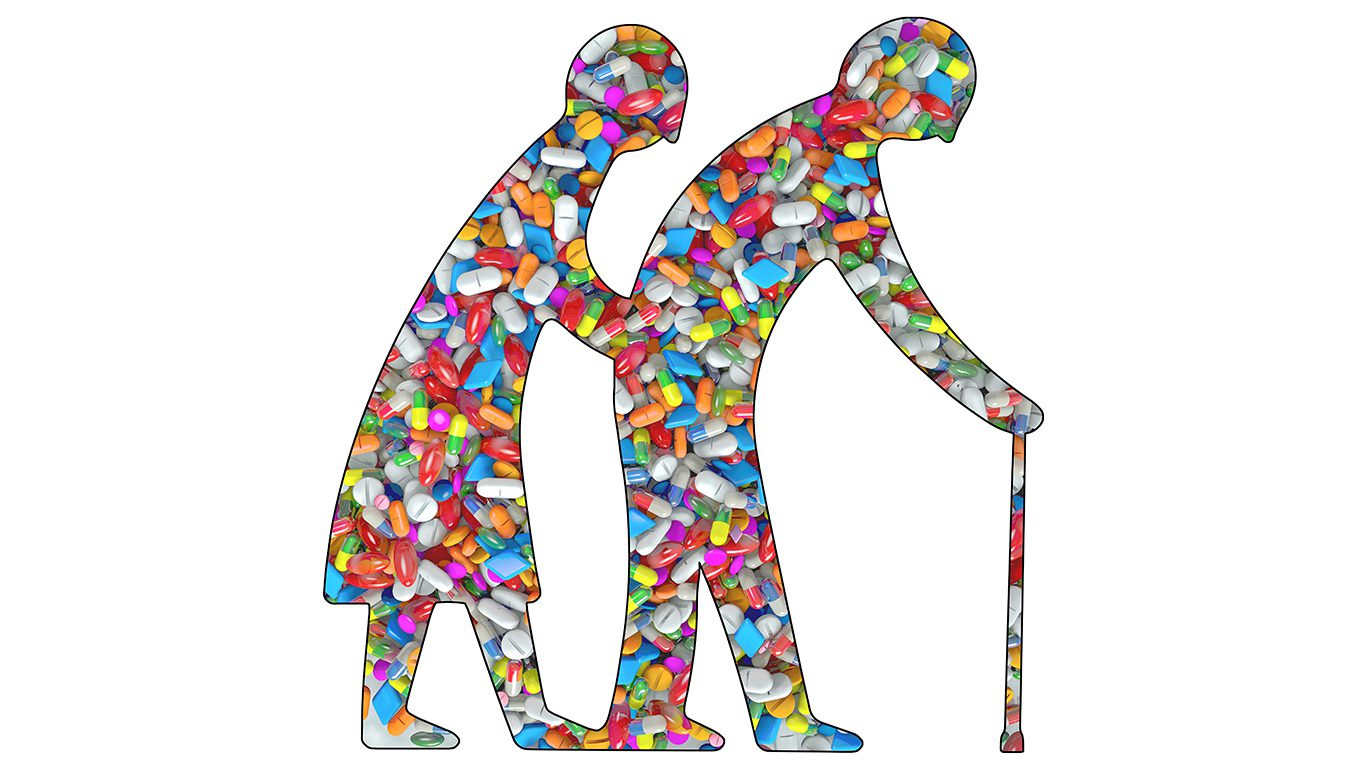Home & Family

A substance use disorder (SUD) is an illness that results from the continuous use of drugs or alcohol. It causes physical, mental, or other problems that prohibit a person from functioning at work, school, or home. The term substance use disorder combines both substance abuse and substance addiction together. Each substance is addressed as a separate use disorder. For example, an addiction may be classified as an opioid use disorder, an alcohol use disorder, etcetera. Treatment for these disorders, however, is the same and based on the level of severity.
Unfortunately, the increasing use and abuse of alcohol, prescription drugs, and illicit drugs among older adults is now an emerging public health crisis in the United States. More and more baby boomers are using illicit drugs and meeting the criteria for SUDs compared to older adult populations in the past. Since many people, including health professionals, assume that older adults do not misuse substances or they confuse SUD symptoms with other age-related changes, SUDs often go undiagnosed in older adults. Yet, according to the National Institute on Alcohol Abuse and Alcoholism, up to 17 percent of adults over the age of 60 are affected by alcohol and prescription drug abuse.
Prescription Drug Misuse and Abuse
Although older adults tend to abuse alcohol and prescription drugs more than illicit drugs, illicit drug use among older adults is also on the rise. Prescription drugs most commonly abused by older adults are opioids (powerful painkillers) and benzodiazepines (medicines for sleeplessness and anxiety). The inappropriate use or abuse of prescription drugs by older adults may be intentional or unintentional. Some ways in which prescriptions drugs are abused or misused include the following:
- Taking a higher dosage than prescribed
- Taking dosage more often than prescribed
- Taking another person’s prescribed medication
- Taking prescribed medication with alcohol
- Taking prescription drugs for a longer period than prescribed
Factors that Increase SUDs
There are various factors that can put mature adults at a greater risk of developing a SUD. Some of those factors include the following:
Age: As people age, the body’s ability to metabolize and eliminate drugs and alcohol decreases. This condition can lead to reduced tolerance to drugs and alcohol and increased risks for toxicity.
Gender: The higher likelihood of older females using prescription drugs that alter moods, perceptions, or consciousness, puts them at greater risk.
History of substance abuse: Having abused drugs before tends to increase the likelihood of a SUD when older. Drug use among baby boomers is higher compared to other generations.
Chronic pain: The prevalence of chronic pain in the United States has increased. Between 1995 and 2010, doctors prescribed more opioid drugs to better control pain among older patients, increasing usage nine-fold.
Multiple prescriptions: According to the National Council on Aging, older adults use more prescription and over-the-counter medication. This makes it easier for them to make mistakes when it comes to dosage and timing.
Social isolation: Being alone increases drug usage.
Mental health disorders: Depression and/or anxiety leads to greater drug use.
Incurable illnesses: Being diagnosed with an incurable disease can also increase use.
Physical immobility: Decreased ability to engage in activities or failing health can lead to greater use.
Grief: Loss of a spouse or partner, child, and/or friend leaves an emotional void.
Lifestyle changes: Life events, such as retirement, leaving or sharing a home, raising grandchildren, and/or adjusting to a lower income, can all lead to increased substance usage.
SUDs, Aging, and Increased Risks
Not only does the inappropriate use of alcohol and drugs increase an older adult’s risk of developing a SUD, but it can also increase the risk of the following:
- Falls and accidents (bone fractures)
- Confusion or disorientation
- Forgetfulness or memory loss
- Suicide by self-poisoning
- Mental illness
- Death by overdose
- Impaired vision
- Impaired coordination
Summary
Since the symptoms of SUDs tend to look like signs of aging, the recognition and/or detection of SUDs among older adults is challenging for professionals, friends, and family members. For example, confusion and memory loss, which are typical of aging, can be signs of prescription drug abuse in older adults. An important first step in addressing this emerging health issue is to realize that older adults do misuse and abuse drugs like other generations. Increased awareness about this growing health problem can undoubtedly prepare us to better assist and care for older adults.
More Information
Visit the following web pages to find programming and more timely information for older adults.

